NIL
Changing Immigration Policies Pose New Challenges for NCAA Institutions and NIL …
Nearly 25,000 international student-athletes from countries around the globe compete in National Collegiate Athletic Association (NCAA) sports. Almost all NCAA international student-athletes are on F-1 student visas, which generally restrict these students’ ability to engage in activities that could be considered “employment” under US law. Because the NCAA’s current name, image, and likeness (NIL) framework […]
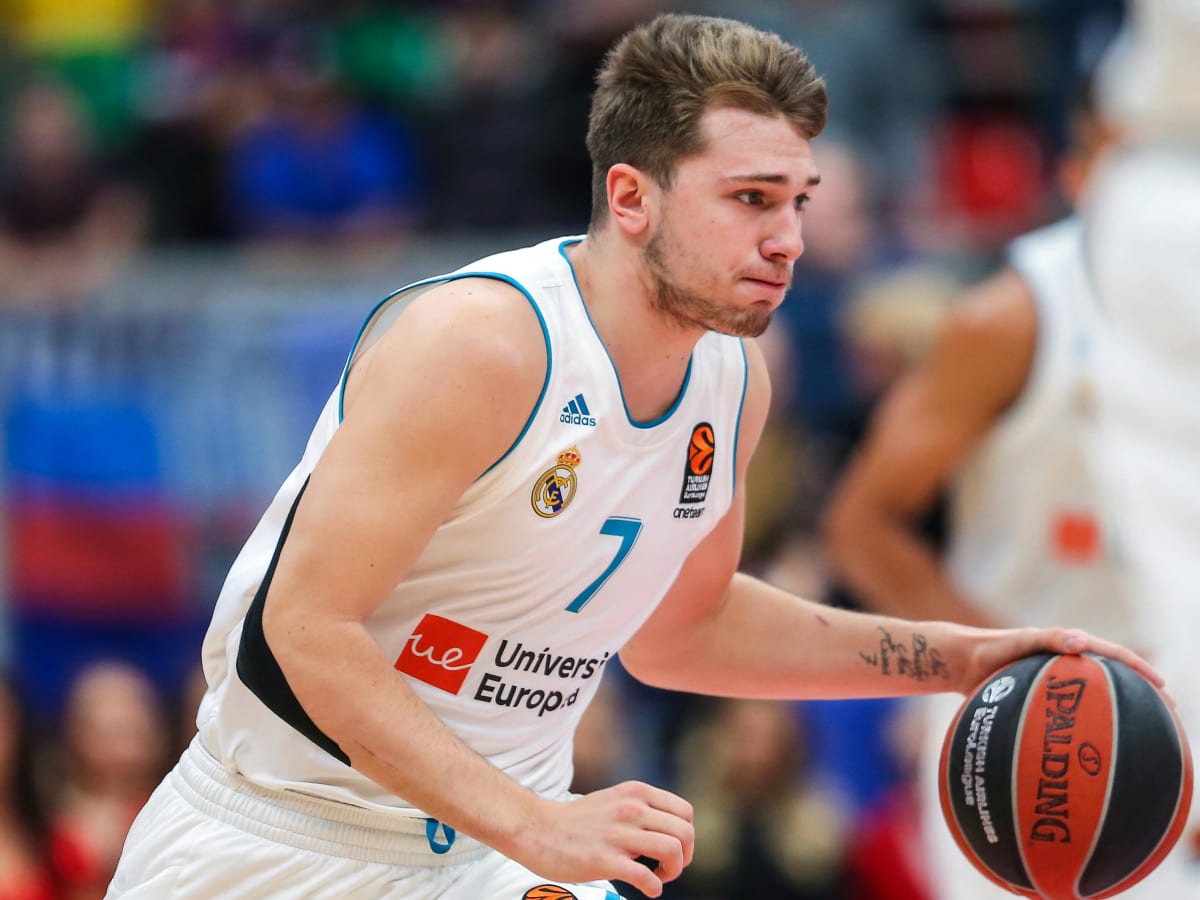
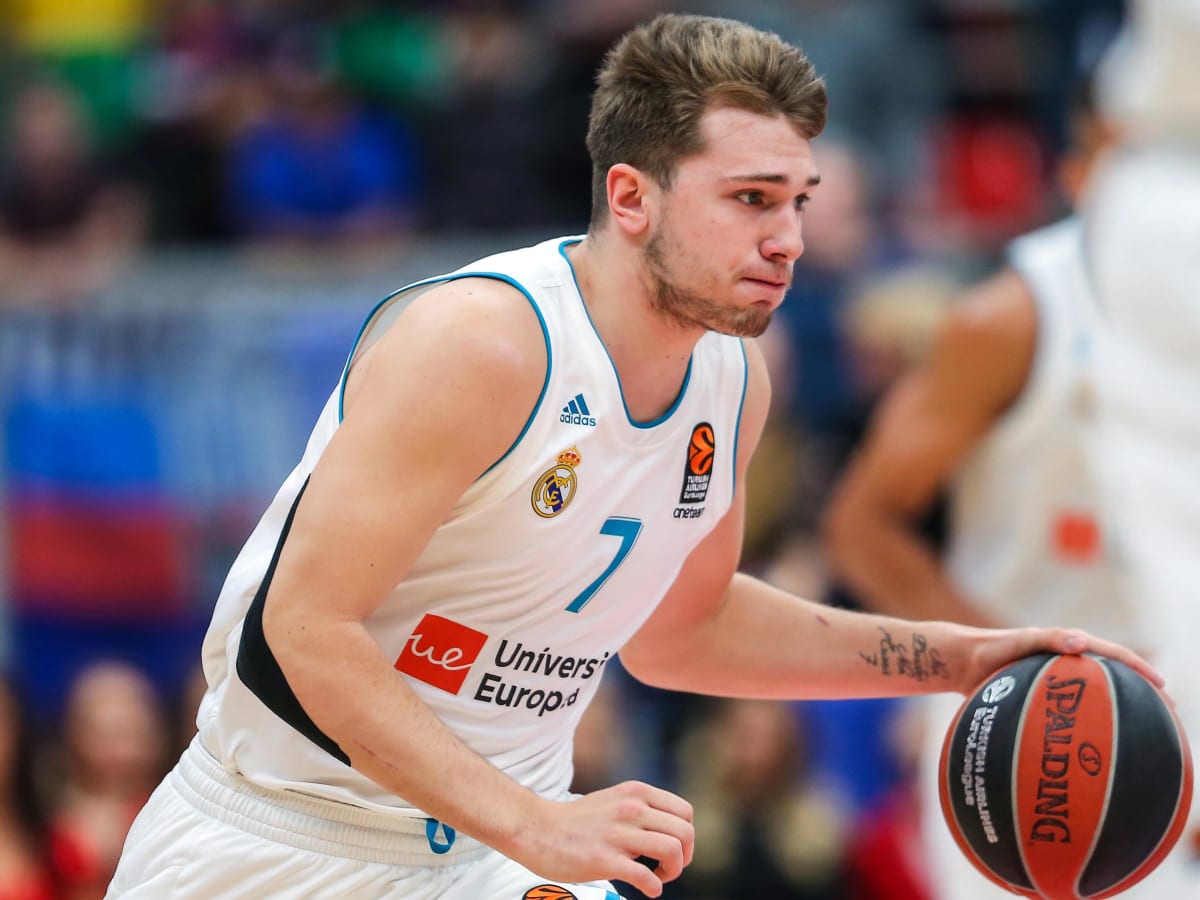

Nearly 25,000 international student-athletes from countries around the globe compete in National Collegiate Athletic Association (NCAA) sports. Almost all NCAA international student-athletes are on F-1 student visas, which generally restrict these students’ ability to engage in activities that could be considered “employment” under US law. Because the NCAA’s current name, image, and likeness (NIL) framework permits student-athletes to profit from their NIL, the interpretation of NIL deals as potential “employment” conflicts with the terms of the F-1 visa. International student-athletes are left in a quandary about if, and how, they can benefit from NIL without violating the terms of their F-1 visa.
Take Khaman Maluach, a Duke University NCAA basketball player born in South Sudan. Maluach played 21 minutes in the 2025 Final Four game and was a vital component of Duke’s triumphs during the 2025 season. While the 2025 NCAA’s March Madness tournament generated hundreds of millions in revenue and averaged 16.4 million viewers, Maluach’s international student-athlete status obstructed his ability to monetize his NIL. This, paired with the US Government’s evolving immigration policies, calls into question Maluach’s legal residency and ability to benefit from his NIL. Maluach’s situation highlights the potential challenges that immigration policies, especially rapidly changing ones, pose for international student-athletes who may want to profit from their NIL.
Although they play and win alongside their US citizen teammates, international student-athletes cannot easily benefit from NIL. Students in F-1 status are eligible solely for four types of paid work:
- Curricular practical training which is tantamount to a paid internship in the student’s chosen major.
- On-campus pre-completion optional practical training (OPT), which is restricted to a maximum of 20 hours per week when school is in session and can be full-time during breaks and vacations.
- Off-campus pre-completion OPT, which may be full or part-time, but requires specific authorization from the Designated School Official (DSO).
- On-campus post-completion OPT. This requires specific authorization from both the DSO and US Citizenship and Immigration Services (USCIS), and can be full time, but must be at least 20 hours per week.
On-campus employment is limited to the student’s campus, and off-campus employment may only be granted after the F-1 status student-athlete completes their first full academic year. It follows that in order to benefit from NIL, the F-1 status student-athlete would have to fit the “work” of playing their sport into the limited 20 hours per week allowed for campus pre-completion OPT while school is in session.
Therefore, in addition to the qualification hurdles, there are also practical and geographical limitations to F-1 status student employment authorizations. Often, this means threading the eye of a needle, since many Division I college athletes commit more than the allowed hours per week to their respective sports while school is in session. The number of international student-athletes continues to grow, with over 60% of Division I athletes in both men’s and women’s tennis being international, and over 30% in ice hockey and soccer, according to the NCAA.
Historically, international student-athletes bore sole responsibility for NIL-related immigration compliance. The proposed House v. NCAA $2.7 billion settlement (or, for that matter, any future legal mechanism permitting direct compensation between NCAA institutions and student-athletes) changes this dynamic completely. With NCAA institutions now positioned to directly compensate student-athletes, NCAA schools will face heightened exposure to legal disputes, including reputational harm, potential financial and even criminal penalties, lack of federal funding, national origin discrimination concerns, due process challenges, and potential issues with USCIS.
International student-athletes (and NCAA institutions) seeking to take advantage of NIL opportunities will continue to encounter increasingly complex legal challenges related to F-1 status restrictions and the potential for violating US labor and immigration laws. Without clear federal guidance on NIL, NCAA schools should proactively address these complex, ever-evolving issues to protect their schools and the future of collegiate athletics. As US institutions become increasingly involved in sourcing NIL partnerships for their student-athletes, NCAA universities and athletic departments should communicate with legal counsel to develop better financial resource options for international student-athletes to gain and sustain a competitive intercollegiate advantage, implement strategic mitigation measures, and prevent potential liability issues.
Experienced attorneys are an invaluable resource in providing counsel with regard to the shifting legal landscape facing F-1 status students generally and high-profile student-athletes specifically. Both international student-athletes and NCAA institutions should understand the broader implications and complexities associated with interpreting federal immigration laws and regulations, handling international eligibility issues, preparing and filing visa applications, addressing potential NIL-based legal challenges, providing critical advice for the institution’s particular circumstances, and marketing student-athletes’ NIL.
[View source.]
NIL
The Clemson Insider
CLEMSON — Early Thursday morning, a new bill in Michigan was introduced that will ban schools from complying with NIL investigations and prohibit required reporting of NIL deals to the NCAA, the College Sports Commission and Deloitte. This bill will contradict new enforcement rules and will require schools to break the affiliation agreement they […]
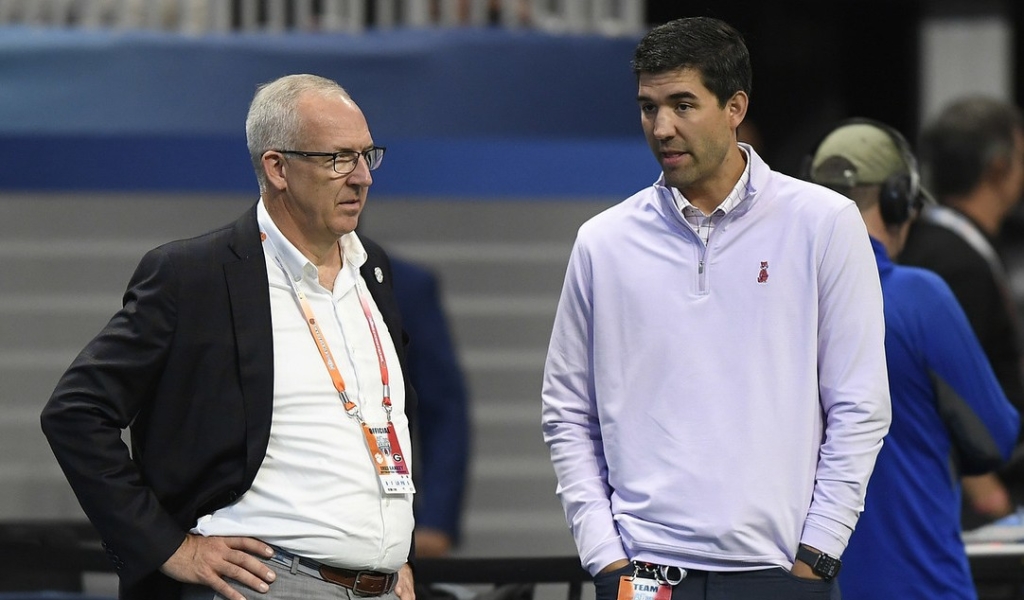
CLEMSON — Early Thursday morning, a new bill in Michigan was introduced that will ban schools from complying with NIL investigations and prohibit required reporting of NIL deals to the NCAA, the College Sports Commission and Deloitte.
This bill will contradict new enforcement rules and will require schools to break the affiliation agreement they plan to sign. The state of Tennessee introduced a similar bill to its legislative body last month, which is known as Bill No. 536.
What does all of this mean?
It means these two states have started an attack where they hope to blow up plans from the NCAA and the four power conferences to police revenue-sharing in college sports, while taking aim at the athlete compensation cap, the severe penalties for rule-breakers and the policies that prevent phony booster-backed NIL deals to players.
In other words, they are trying to create chaos.
Will it work?
NCAA President Charlie Baker does not think it will.
In an article written by Yahoo Sports’ Ross Dellenger, he writes how many doubt the clearinghouse will withstand inevitable legal challenges, administrators here provided legitimate reasons for why they believe in its long-term survival. Most notable of those, says NCAA president Charlie Baker, is that the clearinghouse’s appeals process — arbitration — is equipped with subpoena powers.
“They do have that power,” Baker told Yahoo Sports. “Arbitration typically has subpoena power and I’m pretty sure since this one sits inside an injunction, they will have it.”
Dellenger wrote that officials at the power conferences confirmed that “significant subpoena powers” exist under the arbitration appeals process, but those powers are less expansive than subpoena authority within a courtroom.
The decision to use subpoena powers and how to use them is expected to rest with the arbitrator presiding over the appeals process.
A subpoena is a legal document issued by a court or other authorized body that compels an individual to appear in court or at a deposition to give testimony or provide documents or other tangible evidence.
“We won’t have complete subpoena power, but if an athlete goes into arbitration … those records, you can get access to some of those records,” said Ohio State athletic director Ross Bjork in the article.
Bjork is a member of a settlement implementation committee that helped construct the new enforcement entity, along with Clemson athletic director Graham Neff.
In the article, Neff details the factors used to form a compensation range.
“Athletic performance is a big part of it. Your social media reach and following. Market — where schools are at. The reach of your school within said market,” he said.
According to Neff, the reach will vary by school.
“The reach of Georgia Tech in Atlanta is different than the reach of Georgia State,” he says.
Neff believes that a “majority” of NIL deals will derive from “associated companies,” as school sponsors, multi-media rights partners and individual alumni and boosters work to provide universities with additional compensation so they can exceed the $20.5 million revenue sharing cap that each school is afforded.
Third-party NIL compensation that passes the clearinghouse does not count against the cap. As Neff said, “There’s some toothpaste back in the tube.”
Deloitte, which is a multinational professional accounting services network based in London, is one of the Big Four accounting firms. According to Dellenger, Deloitte claims that 70 percent of past deals from booster collectives would have been denied in their algorithm, while 90 percent of past deals from public companies would have been approved.
Deloitte also shared with officials that about 80 percent of NIL deals with public companies were valued at less than $10,000 and 99 percent of those deals were valued at less than $100,000. These figures suggest that the clearinghouse threatens to significantly curtail the millions of dollars that school-affiliated, booster-backed collectives are distributing to athletes.
“No one is trying to restrict someone’s earning potential, but what we’re trying to say is, ‘What is the real market?’” Bjork said in the article. “Everybody you talk to about the pro market will tell you that NIL deals for pro athletes are really small. In the collective world, we created a false market.”
NIL
Iowa high school softball team snaps an 80-game losing skid
There’s teams around the country that had long-standing winning streaks either continue into the off-season or end during the 2025 campaign. How about a enduring losing skid that finally concluded? For an Iowa high school softball team, a long-lived losing streak came to an end earlier this week on Tuesday night. The South Tama Trojans […]
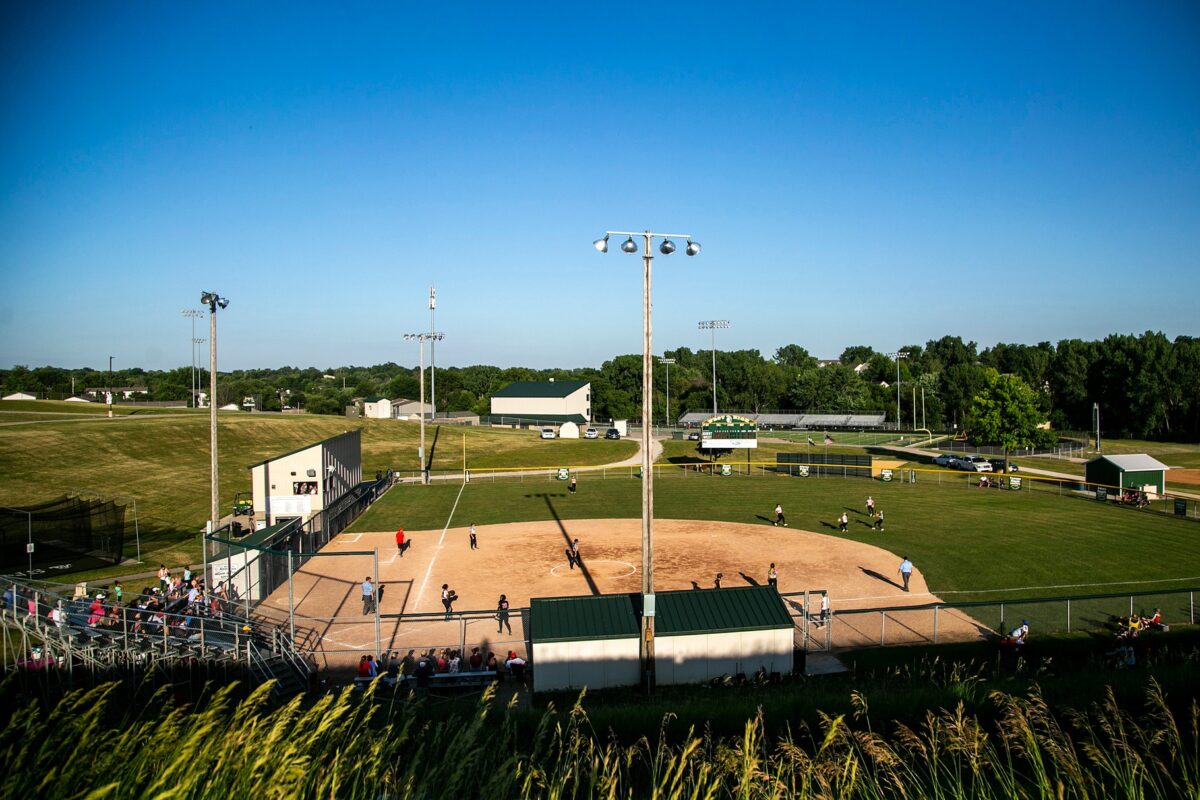
There’s teams around the country that had long-standing winning streaks either continue into the off-season or end during the 2025 campaign. How about a enduring losing skid that finally concluded?
For an Iowa high school softball team, a long-lived losing streak came to an end earlier this week on Tuesday night. The South Tama Trojans ended a 80-game skid with an 11-1 win over Vinton-Shellsburg, according to a The Cedar Rapids Gazette report.
It was a streak that had dated back to after South Tama’s last win, coming on June 26, 2021 over Eagle Grove. That’s 1,817 days in between victories for the Iowa high school softball program.
What was arguably even more eye-popping was how long ago the Trojans’ last WaMaC Conference victory was: June 27th, 2016. South Tama had snapped a streak that was nearly double that of the regular season losing skid, which the Trojans had gone 3,643 days since its last WaMaC victory over Williamsburg nearly a decade ago.
South Tama had scored a mere 19 runs through the first twelve games of the regular season before they had run up against Vinton-Shellsburg, in which they piled up 11 runs, one more than its previous season-high. The Trojans ended up losing the second game of a double-header against Vinton-Shellsburg,
The Trojans are 1-12 on the season and in two previous seasons, South Tama had finished with a pair of 0-31 records per Jeff Linder of The Cedar Rapids Gazette. South Tama didn’t field a softball team in 2022.
NIL
Report: Missouri spent $31.7 million in NIL over last year
Between July 2024 and June 2025, Missouri spent $31.7 million on NIL, the St. Louis Post-Dispatch’s Eli Hoff reported. That figure includes a hefty sum last month, per financial documents and invoices from the Mizzou-focused NIL collective, Every True Tiger. In 2024, Missouri spent nearly two-thirds of those dollars on football and 25% on men’s […]

Between July 2024 and June 2025, Missouri spent $31.7 million on NIL, the St. Louis Post-Dispatch’s Eli Hoff reported. That figure includes a hefty sum last month, per financial documents and invoices from the Mizzou-focused NIL collective, Every True Tiger.
In 2024, Missouri spent nearly two-thirds of those dollars on football and 25% on men’s basketball, according to the Post-Dispatch, while the rest was split among the rest of the athletics programs. All told, the Tigers spent $12.4 million in 2024, and that number increased to $25 million so far this year.
Of that $25 million, nearly $10.3 million came this month, just before the House v. NCAA settlement takes effect. The idea of “front-loading” NIL deals became a topic of conversation as the agreement awaited final approval, ushering in the revenue-sharing era and creating a clearinghouse to vet deals.
Under the House settlement, schools will be able to share up to $20.5 million directly with athletes. Additionally, the NIL Go clearinghouse is in place, vetting deals worth more than $600. Run by Deloitte, it is meant to help determine fair market value, per settlement terms.
Deals struck prior to June 6 – the date Judge Claudia Wilken approved the settlement – and paid out before July 1 will be vetted by the clearinghouse. According to Yahoo Sports’ Ross Dellenger, more than 130 deals were submitted as of Wednesday night.
Every True Tiger was named one of On3’s Top 15 NIL collectives in the country last year, and the state’s law plays a big part in the relationship with the school. Missouri’s law allows an NIL collective to receive institutional funds for distribution to athletes, meaning every True Tiger shifted from operating as a donor-driven collective to a marketing agency. According to the Post-Dispatch, funds listed on the invoices are dubbed “talent fees.”
“Because of the leniency with the state law, the school and NIL collective have been aggressive,” a fellow SEC NIL collective leader told On3’s Pete Nakos of Mizzou and Every True Tiger.
Missouri football received the bulk of the NIL funds last year, securing slightly less than $8 million in 2024, according to the Post-Dispatch. The Tigers put together an impressive season, finishing 10-3 overall and winning the Music City Bowl against Iowa. It marked the second straight 10-win season for Eli Drinkwitz and Mizzou after going 11-2 in 2023, capped by a Cotton Bowl victory over Ohio State.
NIL
Texas Tech adds two-way slugger
LUBBOCK, Texas – Texas Tech softball announced the signing of two-way player and NFCA All-Central Region First Team selection Desirae Spearman on Thursday. Spearman spent her last two seasons at New Mexico State. The rising junior collected 19 wins in the circle and holds a 3.38 career ERA with 193 strikeouts while also slashing .398/.921/.540 […]
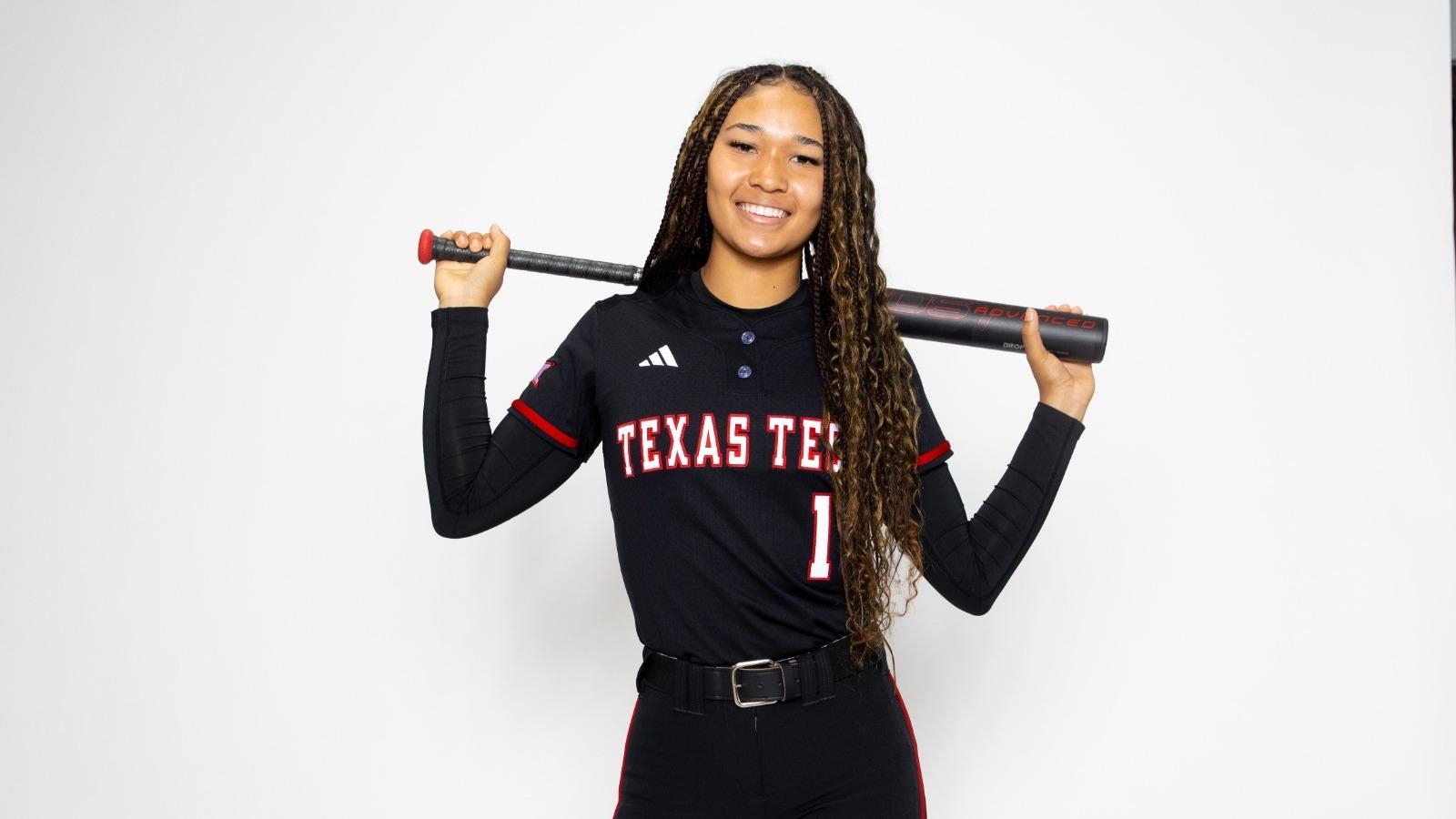
The rising junior collected 19 wins in the circle and holds a 3.38 career ERA with 193 strikeouts while also slashing .398/.921/.540 with 38 home runs and 90 RBI for her career. Last season, Spearman hit 20 home runs and walked 55 times, which was fourth best in the country.
The season before, Spearman was named the CUSA Freshman and Player of the Year and is a two-time All-CUSA First Teamer. The El Paso native was the 21st ranked player in the transfer portal according to Softball America. Her .430 batting average this past season set a program record and her .606 on-base percentage and .977 slugging percentage were both ranked fifth in the country.
She led the team in starts (21), ERA (3.54) and opponent batting average (.221) to go along with her team-leading offensive performance.
Tech’s offseason has been busy, signing the No. 3, No. 7 and No. 29 players in the portal before the addition of Spearman.
NIL
College baseball transfer portal intel
Go to On3 Home About On3AboutAdvertisersCareersContact SupportCustomer ServicePrivacy PolicyChildren’s Privacy PolicyTerms of Service On3 ConnectTwitterFacebookInstagram The On3 App for college sports fans: © 2025 On3 Media, Inc. All rights reserved. On3 is a registered trademark of On3 Media, Inc. 0
NIL
CB Xavier Lucas named Miami College Football Playoff X-Factor
Carter Bahns of CBS Sports named Miami cornerback Xavier Lucas as one of his “College Football Playoff X-factors: Players poised to make or break contenders’ 2025 postseason chances.” Lucas transferred to Miami in the winter portal window and could become the top CB for the Hurricanes in 2025. Mario Cristobal made the secondary a point […]

Carter Bahns of CBS Sports named Miami cornerback Xavier Lucas as one of his “College Football Playoff X-factors: Players poised to make or break contenders’ 2025 postseason chances.” Lucas transferred to Miami in the winter portal window and could become the top CB for the Hurricanes in 2025.
Mario Cristobal made the secondary a point of emphasis during the transfer portal. In addition to Lucas, Miami added Charles Brantley and Ethan O’Connor during the winter transfer portal and Kalonte Scott this spring at CB. Zechariah Poyser transferred to Miami in the winter portal and Jakobe Thomas in the spring at safety.
Cornerback O.J. Frederique is the only returning defensive back for Miami projected to start in the secondary in 2025. Frederique and Lucas are projected to start for Miami at CB, Brantley as the nickel and Poyser and Thomas at safety for Miami in 2025.
In addition to the two pass breakups and one interception in 2024 with Wisconsin, Lucas had 18 tackles, two tackles for loss and one sack. playing 203 defensive snaps. Per David Lake of Inside the U, Pro Football Focus gave Lucas “an 80.5 coverage grade, a 76.8 tackling grade, and a 71.0 run defense grade for his efforts in 2024.”
“Xavier Lucas, CBXavier Lucas was the top-ranked corner in the portal and serves as the face of this new-look (secondary) unit, which looks deeper and more talented than the one that struggled last fall. Much of the excitement around Lucas is still rooted in projection considering he has just one year of experience under his belt and posted one interception and two pass breakups at Wisconsin, so a lot hinges on him taking the expected sophomore leap.”
Carter Bahns, CBS Sports
Lake also stated, “According to PFF, Lucas missed just one tackle in 2024. Lucas was targeted 19 times in coverage and allowed nine receptions for 127 yards and one touchdown.” At 6’2 and 198 pounds, Lucas provides Miami with excellent length at CB in 2025.
Miami was wildly inconsistent defending the pass in 2024. The Hurricanes allowed a combined 313 passing yards versus Florida State, Georgia tech and Wake Forest. Four opponents threw for over 300 yards versus Miami in 2024. Led by Lucas, Miami should have a significantly better secondary in 2025.
The Miami secondary will be tested throughout the 2025 season. Florida with D.J. Lagway and SMU with Kevin Jennings return two of the best QBs nationally in 2024. Louisville added Miller Moss from USC, who should elevate his performance under Jeff Brohm. Miami needs consistency from its secondary in 2025.
-

 High School Sports2 weeks ago
High School Sports2 weeks agoParents Speak Out As Trans Pitcher Throws Shutout In MN State Quarterfinals
-

 Professional Sports2 weeks ago
Professional Sports2 weeks ago'I asked Anderson privately'… UFC legend retells secret sparring session between Jon Jones …
-

 College Sports3 weeks ago
College Sports3 weeks agoIU basketball recruiting
-

 Health2 weeks ago
Health2 weeks agoOregon track star wages legal battle against trans athlete policy after medal ceremony protest
-

 Professional Sports2 weeks ago
Professional Sports2 weeks agoUFC 316 star storms out of Media Day when asked about bitter feud with Rampage Jackson
-

 High School Sports3 weeks ago
High School Sports3 weeks agoThe Arizona Daily Star's top high school athletes, coaches and moments of the 2024
-

 NIL3 weeks ago
NIL3 weeks agoNCAA Sends Clear Message About Athlete Pay and Roster Limits
-

 Social Media3 weeks ago
Social Media3 weeks agoControversial Athletics Gender Dispute Goes Viral After Riley Gaines Lashes Over Authorities
-

 Rec Sports2 weeks ago
Rec Sports2 weeks ago2x NBA All-Star Reacts to Viral LeBron James Statement
-

 NIL3 weeks ago
NIL3 weeks agoMen's college basketball Top 25 reset



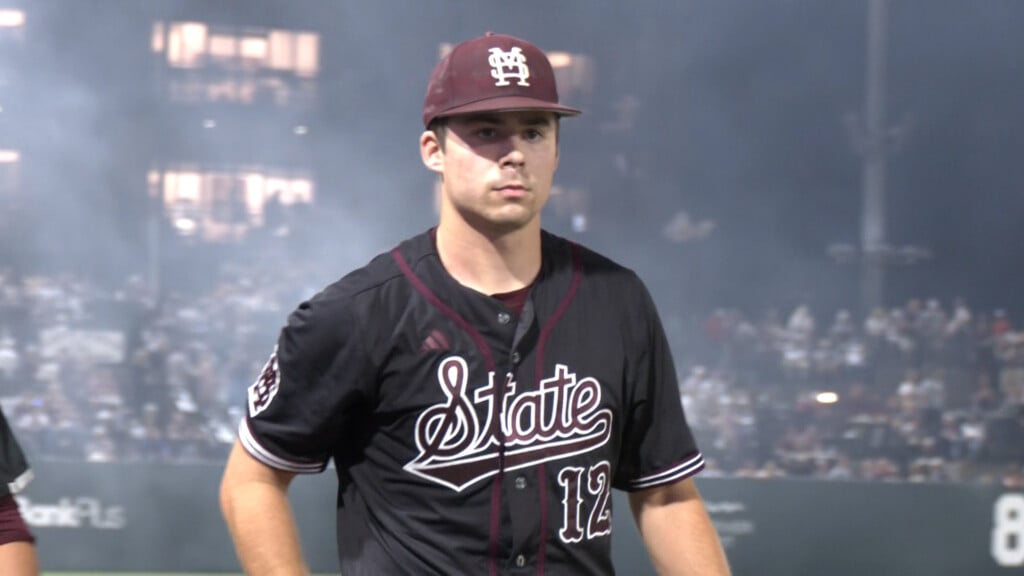








 | June 11, 2025
| June 11, 2025





















